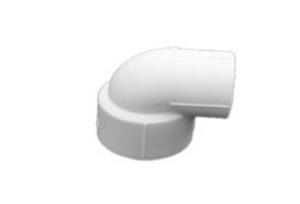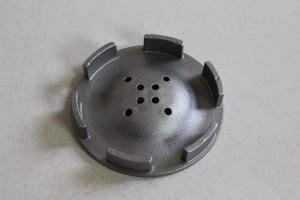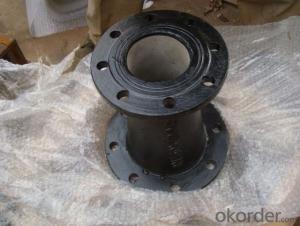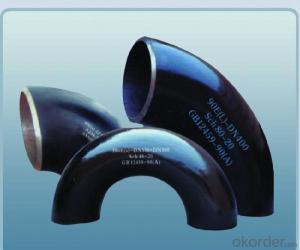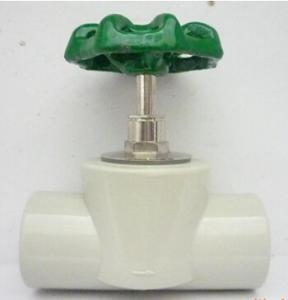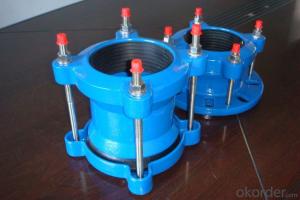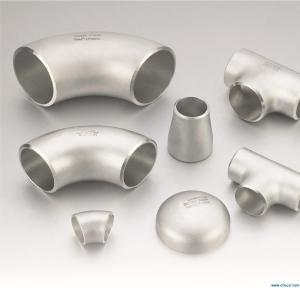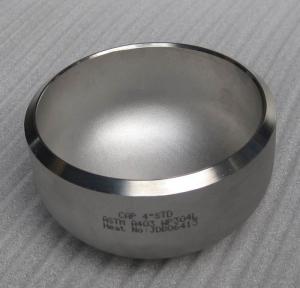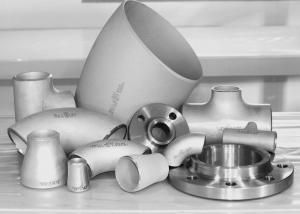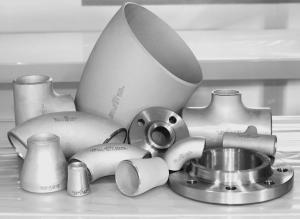Painting On Stainless Steel
Painting On Stainless Steel Related Searches
Best Paint For Stainless Steel Blanket Insulation For Steel Buildings Primer For Galvanized Steel Foam Filter For Stainless Steel H S Code For Stainless Steel Surface Grinding Wheels For Stainless Steel Surface Grinding Wheels For Hardened Steel Hole Saw For Stainless Steel Paint For Stainless Steel Stainless Steel For BbqHot Searches
Steel Mesh Panels For Sale Price For Stainless Steel Scrap Scrap Price For Stainless Steel Price For Stainless Steel Stainless Steel Tank For Sale Stainless Steel Sheets For Sale Cheap High Tea Sets For Sale Stainless Steel Tanks For Sale Stainless Steel For Sale High Density Fiberboard For Sale Solar Hot Water Collectors For Sale Scaffolding For Sale In Uae Scaffolding For Sale In Ireland Scaffolding For Sale In Houston Type Of Inverter For Solar Price Of Shipping Containers For Sale Types Of Inverter For Solar Stock Price For Aluminum Used Solar Inverter For Sale Steel Mesh Panels For SalePainting On Stainless Steel Supplier & Manufacturer from China
Okorder.com is a professional Painting On Stainless Steel supplier & manufacturer, offers integrated one-stop services including real-time quoting and online cargo tracking. We are funded by CNBM Group, a Fortune 500 enterprise and the largest Painting On Stainless Steel firm in China.Hot Products
FAQ
- Stainless steel flats are highly reliable and perform exceptionally well in abrasive environments. The unique composition of stainless steel, which includes a high percentage of chromium, provides it with excellent resistance to abrasion, corrosion, and wear. This makes stainless steel flats suitable for use in various abrasive environments, including mining, construction, manufacturing, and marine applications. The chromium content in stainless steel forms a thin and protective oxide layer on the surface, known as the passive film. This passive film acts as a barrier against abrasive particles, preventing them from causing damage to the underlying material. Additionally, stainless steel flats can be further enhanced with different alloying elements like nickel and molybdenum, which significantly increase their resistance to corrosion and wear. Stainless steel flats are also highly durable and long-lasting, making them a cost-effective choice for abrasive environments. They can withstand high impact and maintain their structural integrity even in harsh conditions. Furthermore, stainless steel flats have excellent heat resistance, allowing them to withstand extreme temperatures without warping or losing their mechanical properties. In terms of maintenance, stainless steel flats are relatively easy to clean and require minimal upkeep. They can be easily wiped clean or washed with mild soap and water to remove any abrasive particles or contaminants. This makes stainless steel flats a practical option for environments where cleanliness and hygiene are crucial. Overall, stainless steel flats are well-suited for abrasive environments due to their superior resistance to abrasion, corrosion, and wear. Their durability, strength, and low maintenance requirements make them an ideal choice for applications where the material will be exposed to constant friction, impact, or abrasive substances.
- Yes, stainless steel flats can be used in food processing applications. Stainless steel is a popular choice in the food industry due to its excellent corrosion resistance, durability, and cleanliness. It is non-reactive, meaning it does not interact with the food or alter its taste. Additionally, stainless steel is easy to clean and maintain, making it ideal for applications where hygiene is crucial. It is commonly used in equipment such as conveyors, storage tanks, cutting tables, and food preparation surfaces.
- Yes, stainless steel flats can be used in medical applications. Stainless steel is known for its excellent corrosion resistance, durability, and biocompatibility, making it suitable for various medical devices, equipment, and implants. It is commonly used in surgical instruments, orthopedic implants, dental tools, and medical equipment where high strength and hygiene are required.
- Stainless steel flats are indeed suitable for the automotive industry due to their versatile and durable nature. This material boasts a range of advantages for automotive applications. To begin with, stainless steel possesses exceptional corrosion resistance. This quality is of utmost importance in the automotive industry, where vehicles are constantly exposed to diverse environmental conditions and chemicals. By resisting corrosion, stainless steel flats are able to maintain their structural integrity and appearance over time, thereby increasing the lifespan of automotive components. Furthermore, stainless steel flats offer high strength and can endure heavy loads and stresses. Consequently, they are ideal for utilization in automotive frames, chassis, and other structural components that demand strength and durability. Stainless steel also exhibits remarkable heat resistance. This makes it well-suited for automotive applications involving high temperatures, such as exhaust systems and engine components. It can withstand extreme heat without losing its shape or mechanical properties, thus ensuring reliable performance. Moreover, stainless steel is renowned for its aesthetic appeal, which holds significance in the automotive industry where visual attractiveness plays a significant role. The smooth and polished finish of stainless steel flats can enhance the overall appearance of automotive components, adding a touch of elegance to the vehicle. Additionally, stainless steel is easy to clean and maintain, which is advantageous in the automotive industry where cleanliness and hygiene are essential. It resists dirt, oils, and other contaminants, making it easier to keep automotive components clean and in optimal condition. In conclusion, stainless steel flats offer a combination of corrosion resistance, strength, heat resistance, aesthetics, and ease of maintenance. These qualities make them highly suitable for various applications in the automotive industry.
- Stainless steel is a type of alloy composed primarily of iron, with varying amounts of chromium, nickel, and other elements. The exact chemical composition of stainless steel flat can vary depending on the specific grade or type of stainless steel being used. However, most stainless steel flats typically contain around 10-30% chromium and 8-20% nickel, which provides the corrosion resistance and durability that stainless steel is known for. Other elements that may be present in smaller amounts include carbon, manganese, silicon, and molybdenum. These elements contribute to the strength, hardness, and other mechanical properties of stainless steel. Overall, the chemical composition of stainless steel flat is carefully balanced to achieve the desired combination of strength, corrosion resistance, and other properties for various applications.
- The dimensions available for stainless steel flats can vary depending on the manufacturer and supplier. However, common dimensions for stainless steel flats typically range from 1/8 inch to 1 inch in thickness and 1/2 inch to 6 inches in width.
- The maximum length available for stainless steel flats can vary depending on the specific manufacturer and supplier. However, in general, stainless steel flats are commonly available in lengths ranging from 10 feet to 20 feet. Some manufacturers may offer longer lengths for specialty applications or upon request. It is always recommended to check with the manufacturer or supplier for the specific lengths available for stainless steel flats.
- Stainless steel flats have the ability to become magnetized, but the degree of magnetization depends on their composition and processing. Stainless steel is classified as a ferromagnetic substance, enabling it to acquire and keep magnetism for a long time. However, the magnetic strength of stainless steel is generally lower when compared to other ferromagnetic materials like iron or nickel. This discrepancy arises from the presence of non-magnetic elements such as chromium and nickel in stainless steel, which diminish its magnetic properties overall. Moreover, certain variations of stainless steel, like austenitic stainless steel, exhibit lower magnetic permeability and are less susceptible to magnetization. Conversely, other types of stainless steel, such as martensitic stainless steel, possess higher levels of magnetic permeability, making them more easily magnetizable.
















